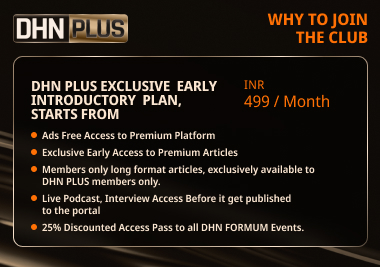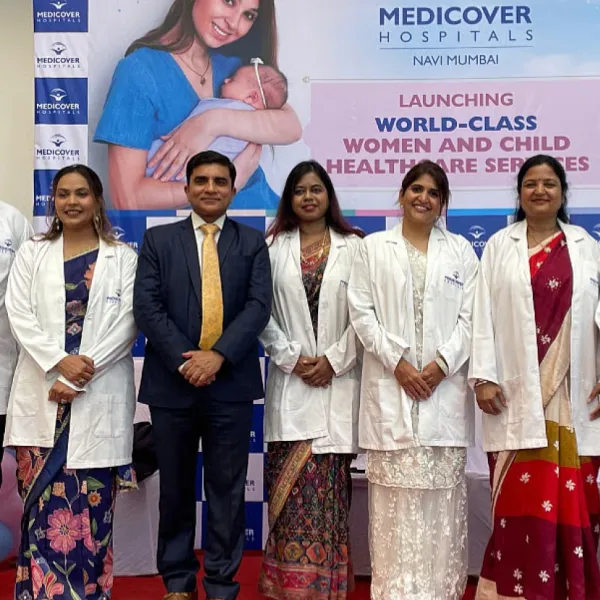NABL Rolls Out QR Code Authentication for Accredited Labs

The new software ensures that each report issued is uniquely identifiable, tamper-proof, and seamlessly linked to the laboratory’s accredited scope.
The National Accreditation Board for Testing and Calibration Laboratories (NABL) has introduced dedicated software to simplify the implementation of QR codes and Unique Laboratory Report (ULR) numbers on test certificates and reports.
The software allows labs to automate the generation and embedding of ULRs and QR codes, enhancing traceability and safeguarding report authenticity.
Specifically designed for testing labs, calibration labs, and Reference Material Producers (RMPs) under NABL accreditation, the new software generates reports that are uniquely identifiable, tamper-proof, and linked to the laboratory’s accredited scope.
"Ensuring report integrity is critical not just for regulatory compliance, but also for maintaining public trust. This initiative supports accredited labs in embracing modern tools that secure their data, simplify user communication, and promote transparency," a senior NABL official said.
The key objectives of this initiative include improving the efficiency, reliability, and security of laboratory reporting systems.
It aims to enhance tracking by enabling laboratories to manage and monitor their reports with greater precision. Each document will carry a unique ULR, ensuring that it is individually identifiable, which prevents duplication and simplifies referencing for clients.
Additionally, the solution incorporates blockchain-based security, facilitating automated report delivery through NABL’s blockchain-backed platform. This ensures data integrity and guards against tampering, strengthening the overall credibility of laboratory outputs.
The software’s real-time verification feature enables clients and stakeholders to instantly authenticate reports via smartphone scans, helping address the rising issue of fake lab reports and strengthening trust in test data.
To make the solution viable even for labs with minimal IT capabilities, NABL is promoting a simplified software version meant for rural or small-scale facilities that does not require advanced technical know-how.
Alongside the software rollout, NABL will offer active transition support to Conformity Assessment Bodies (CABs). This includes training sessions, webinars, and technical guidance to help laboratory staff implement and manage the new system effectively.
This development builds on NABL's previous directive encouraging all accredited laboratories to integrate QR codes and ULRs into their documentation to boost transparency and enable smoother digital adoption.
This digitization push is expected to benefit multiple industries dependent on NABL-accredited lab reports, such as pharmaceuticals, food safety, environmental testing, and diagnostics.
Stay tuned for more such updates on Digital Health News.
Stay tuned for more such updates on Digital Health News





























